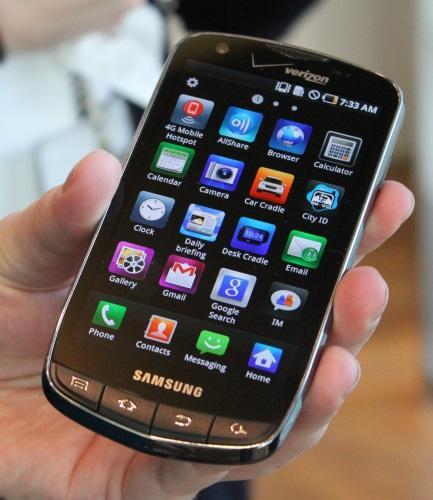
I can remember back to when I was just a young lad and my mother would frequent the carrier store in hopes of getting a new phone. At the time, there were no smartphones (commercially available), only what are now considered archaic flip phones, and for those daring enough to tread uncharted ground, sliders and camera phones.
The more interesting part are prices of the olden days. Of course, I was very young (9-10 years), but I do remember with a considerable amount of accuracy that the price of those camera phones – which sported VGA shooters at best – were in the ballpark of $200 or more. If I'm not mistaken, my mother's first camera phone was one of the first Samsung sliders ever made and was $250 with a two-year agreement through Alltel.
Until this year, the norm for a high-end smartphone was $200 with a two-year agreement. (Note: I'm not counting the 32GB iPhone 4 as there is a smaller version available.) Now signing a contract and paying $250 will land you with one of the best smartphones available.
If you have been paying attention to phones and pricing over the last couple months, you've likely noticed that they've been inching toward the $300 mark. First it was the ThunderBolt which actually leveled off at $250, now the Droid Charge is rumored at a subsidized price of $298.88.
Now, you must be thinking, “But Taylor, these are only Verizon phones and only reflect Verizon's pricing.” This is true. But the Epic 4G on Sprint was originally available for $250 with an agreement. And do you think the EVO 3D will come to market under the $300 mark? A 3D display and a pair of 3D cameras on the back (3 cameras total) alone would constitute a much higher price in Sprint's eye. What about the Sensation? It has a 1.2 GHz dual-core processor, 4.3-inch qHD display, and virtual surround sound.
Naturally, this is only progression. Older tech decreases in price as more advanced technology enters the realm. However, cell phone tech is moving at breakneck speeds and I expect handsets to exceed $300 on-contract in the not to distant future.
Just two years ago, what processor a phone had buried in its innards was irrelevant. Now, we complain if a phone doesn't have at least a 1GHz CPU and are only truly satisfied if it has a dual-core chip. There is now a rumor that there will be a quad-core phone by the end of the year. And if the Echo is a foretelling of the future, current high-end phones may be relatively cheap in comparison to the multi-display superphones.
Whether we're an Apple, Android, BlackBerry, or Windows Phone fan, we can all agree on one thing: phones are already expensive enough as it is. But that is never going to stop carriers from charging extra for the gimmicks in the forthcoming superphones. Take the Droid Bionic for instance. If the Droid Charge is worthy of a $300 subsidized price tag, what will a dual-core LTE phone be worth? What about an iPhone with a 4-inch display, or a high-end phone with two or more displays?
Image via LaptopMag